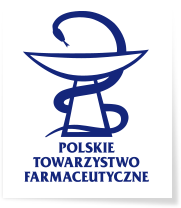Andrzej Mogielnicki, Edyta Mogielnicka, Włodzimierz Buczko
Leki hamujące osoczowy układ krzepnięcia krwi
- aktualne problemy oraz perspektywy na przyszłość
2007-01-01
Anticoagulants - present problems and future perspectives. Anticoagulants are widely used in many states when venous and arterial thromboembolism is present. Deep venous thrombosis is one of the most common and burden disease of this century. It may cause decrepitude, higher rate of hospitalization and most dangerous - sudden death due to the acute pulmonary embolism. Unfractionated heparin and the vitamin K antagonists are highly effective in the prevention and treatment of venous thromboembolism, but they possess inherent drawbacks that limit their usefulness and effectiveness. The vitamins K antagonists suffer from a slow onset and offset of action, an unpredictable response, and multiple food and drug interactions and required monitoring. As a consequence, there is global under-use and poor management of the vitamin K antagonists, resulting in a high rate of adverse events. Unfractionated heparin must be given intravenously (usually by continuous infusion), requires monitoring, and can cause heparin-induced thrombocytopenia (HIT) and thrombosis. Low molecular weight heparins, although having improved attributes, must still be given by subcutaneous injection and still has the potential to produce HIT. Many new anticoagulants under development are easier to administer (oral), have a predictable dose response, do not require monitoring, do not interact with food or drugs, and can be used for both acute and chronic indications. The most advanced agents in development are specific, direct, oral factor Xa or IIa inhibitors. This article presents actual knowledge about the classic and the new anticoagulants, some being still under clinical investigation.

